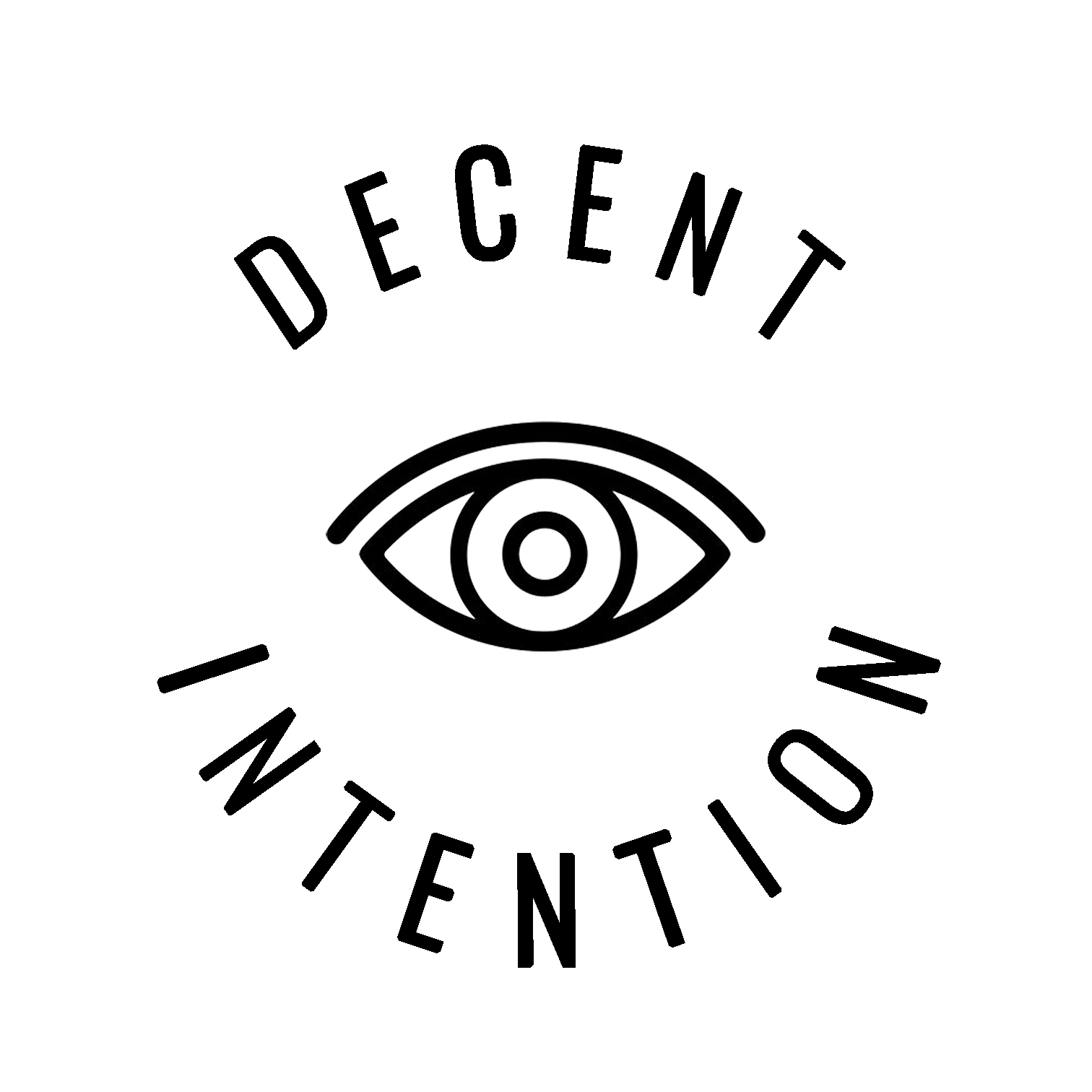20 Jul Pokemon Go: How long will it last?
Niantic’s augmented reality video game Pokémon Go has made its partner Nintendo a lot of money. In case you’ve been living under a Geodude, Pokémon Go, in less than a week, became the highest downloaded mobile game of all-time. Bloomberg reported Nintendo traded 476 billion yen ($4.5 billion USD) on Friday alone, which broke the previous record held by energy giant Tokyo Electric. Nintendo’s share price is now up 70 per cent in a fortnight and the gaming company, which hasn’t launched a successful console since the Wii a decade ago, has an even higher market value than rival Sony. Beyond that, Pokémon Go is passing the “Grandma test”. If your grandparents are talking about something happening in pop culture, you know it’s huge.

But surely this fad will end, right? I mean, even Kim Kardashian has launched a successful mobile game. The hardcore gamers will move on to the next Call of Duty shoot ‘em up and the casual players will be distracted by the next shiny craze on the App Store. Right?
The answer is a Dragonite-sized “nope!” What we see happening with Pokémon Go is so unprecedented that there’s no predicting how it will live on. The gameplay is shallow and repetitive, but people don’t care. The performance is buggy and the servers are crashing more than a Mario Kart racer on Rainbow Road, but people don’t care. Even the obtuse menu systems and game logic haven’t stopped people from spending hours at a time inside the game’s augmented world. In lieu of a tutorial, Niantic is running with Pokémon’s “you teach me and I’ll teach you” angle. And people don’t care. It’s a phenomenon. I’ve read about it in my local newspaper eight or nine times in two weeks. Candy Crush can’t say that. Fallout 4 can’t say that. Even Minecraft can’t boast that feat. No game can. The last time a video game made such an impact on wider society was Pac Man’s 100-yen coin shortage in Japan, but 1980 was a lifetime ago. The game is yet to even launch in Japan – Pokémon’s biggest market in the entire world. If the servers are down right now, it’s probably because 120 million Japanese business people and school kids are skipping their responsibilities in an attempt to catch enough Eevees to evolve a Flareon.
Niantic has only to add some basic but logical extra features to prolong the life of Pokémon Go. Peer trading, player vs player battles, and more recent generations of pocket monsters will keep players coming back for more and more (that said, starting with the original Red/Blue 150 was a savvy move). Taking sponsorship money for endorsed Pokéstops or gyms is an obvious next step and will continue to help Nintendo’s stock rise. Could the release of the next Nintendo 3DS Pokémon title come with a special Pokémon Go bonus? Don’t rule it out.
It’s entirely possible Niantic’s augmented reality game is just the first of many. Nintendo has been talking about moving into the mobile market for a long time, so we can expect to see more from Mario, Kirby and Donkey Kong. However, I suspect the novelty and nostalgia of Pokémon Go could be an early peak in terms of mainstream market penetration.

Love it or hate it, Pokémon Go is here to stay, like a Snorlax snoozing in the middle of the road. The divide between hardcore players and casual dabblers will limit the appeal of the gym-claiming system, but the lure of catching ’em all will keep millions of people busy for months to come. It’s hard to argue that plenty of gamers, myself included, won’t soon grow tired of the battery-sucking gameplay loop. But how long will Pokémon Go be a thing? Your guess is as good as mine. Even when the phenomenon factor wears off, I think we need to start talking about a lifetime of years rather than weeks or months.
After all, it’s been 20 years since Professor Oak first told Gameboy players “Welcome to the world of Pokémon.” Did any of us ever think that world would crossover with ours in 2016?
Send Jono your Zubat memes on Twitter @jonohimself.

Sorry, the comment form is closed at this time.